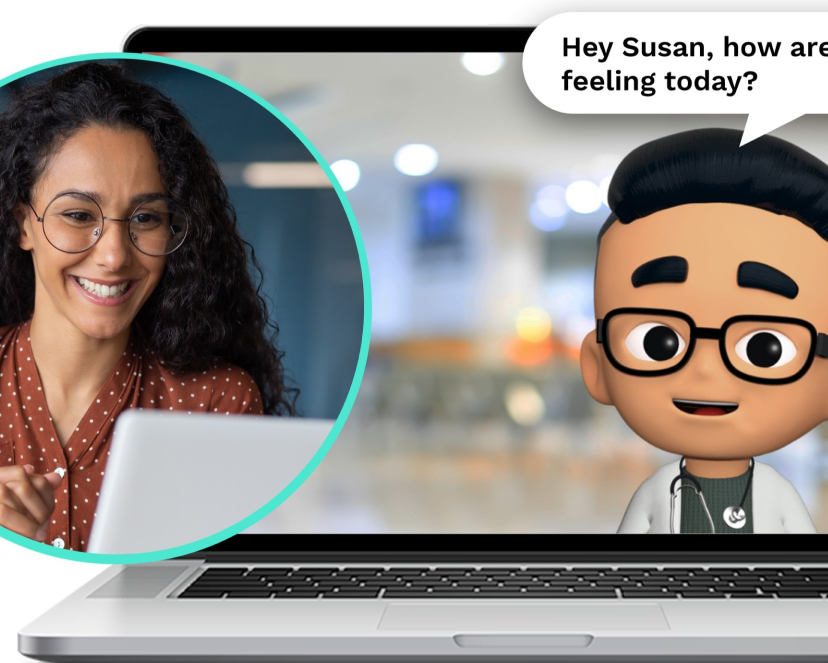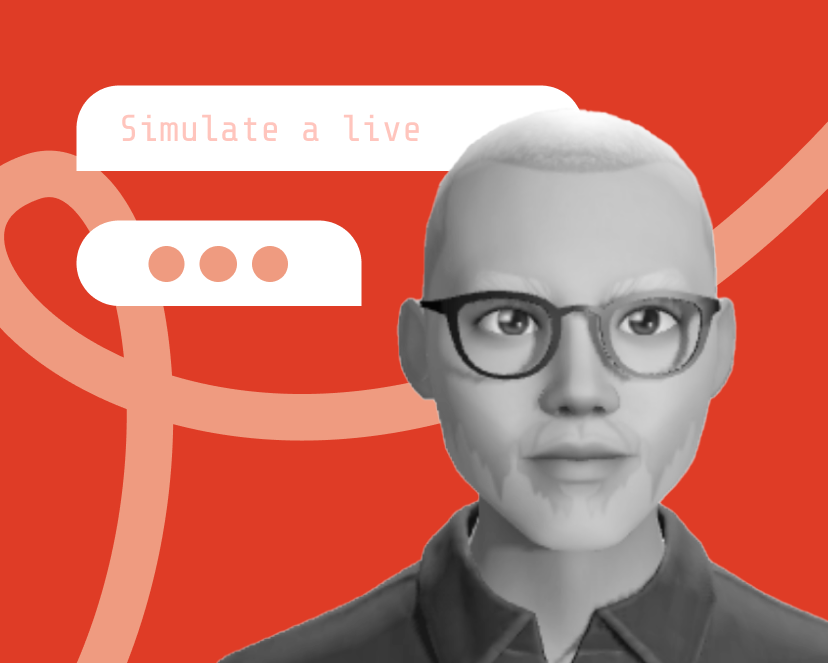
Author: Dr Mark van Rijmenam, strategic futurist, author and known as The Digital Speaker.
Since the beginning of human civilisation, learning has been an intrinsically social and sensory process. Long before the first school or university emerged, knowledge was imparted through real-world experiences, storytelling, apprenticeships, and face-to-face discourse. This allowed learners to absorb information intellectually, visually, audibly, and emotionally. The act of learning was brought to life through sights, sounds, facial expressions, body language, and tone of voice.
Fast forward to today, and the proliferation of digital tools has dramatically changed the educational landscape. Classrooms are no longer bounded by physical spaces, and learning can occur through screens. However, in many virtual environments, the human sensory element is lost. A lack of visual and auditory cues can make digital learning feel isolated and disengaging. This is where the power of immersive learning comes into the picture.

Stay in the loop with Rapport
Get the latest posts, product updates, and insights delivered to your inbox. No fluff, just the good stuff.
The Neuroscience Behind Immersive Learning
We must first comprehend how our brain processes sensory information to understand immersive learning. Neural pathways have evolved to instantaneously decipher and respond to visual and auditory stimuli. Take the simple act of seeing a human face. Our brains can immediately determine subtle cues like age, gender, and emotional state through facial features and micro-expressions. Hearing a human voice also provides a multitude of signals through tone, pitch modulation, pauses, and inflection. Our minds can swiftly ascertain context, meaning, emotion, and intent.
Movement is another primal visual cue that captures attention while conveying critical non-verbal communication. Hand gestures, body language, and facial animation provide further layers of information to enhance understanding and retention. Unlike plain text or images, dynamic sensory stimuli engage more areas of the brain leading to deeper cognitive processing and empathy.

The Digital Revolution in Learning
Well before the pandemic necessitated remote education, digital learning tools had already begun transforming the educational landscape. From video conferencing and LMS platforms to AI-driven solutions and VR/AR implementations, technology paved the way for greater accessibility, personalisation, and efficiency in learning. However, most e-learning solutions failed to replace the subtle human dynamics of a physical classroom.
Once forced into digital, 2D environments, learners and educators alike struggled with a lack of engagement, isolation, miscommunication, and poor knowledge retention. It became evident that while technology provided the convenience of remote access, the sensory experience needed to be more natural and immersive. Something elemental was still missing.

Crafting a Digital Immersive Experience
We can now mimic important visual and auditory stimuli in virtual environments thanks to emerging technologies. As such, the metaverse offers immersive simulated environments that can enhance learning and cognition by stimulating students' emotions, curiosity, and confidence.

Neuroscience shows that engaging multiple senses and eliciting emotions aids memory and retention while making mistakes in a virtual world boosts confidence. Integrating the metaverse in a thoughtful way that draws on neuroscience can create highly effective experiential learning, and with technology advancing rapidly, educators are now able to simulate life-like environments and human interactions in digital spaces.
Whether using augmented and mixed reality or simply using the desktop, students can be transported into incredibly detailed virtual settings - from ancient archaeological sites tothe surface of Mars to debating clubs topractice their debating skills.
Even more remarkable are artificially intelligent virtual avatars that think, converse, and react like real humans, so-called artificially intelligent non-playing characters. With the rapid development of AI, the characters in these virtual educational environments can now display natural eye contact, facial expressions and body language to improve the learning curve. Not long from now, their ultra-realistic faces will be able to display fluid emotions, micro-expressions, and lip synchronisation matched to vocal tones and emotions.
Students immersed in learning experiences with such avatars will likely show heightened focus, empathy, and knowledge retention. It's the next best thing to being physically present together. The aim is to stimulate those innate human senses of seeing, hearing and perceiving movement, even when using a digital medium.
Immersive Learning in Action
Institutions like Stanford and Harvard have hosted virtual reality lectures and simulations using digital avatars to make online learning more natural. Companies like Mursion provide life-like avatar simulations for corporate training and education programs. MBA programs are alsoincorporating AR/VR for everything from virtual team meetings to digitally simulated negotiations.
Already in 2016, the Georgia Institute of Technology created an AI teaching assistant named Jill Watson, that can answer student questions, grade assignments, and adapt course content based on engagement analytics. Of course, with the rise of generative AI tools such as ChatGPT, these chatbots are taking on a whole new meaning.

The Future of Immersive Digital Learning
We've only just scratched the surface of what immersive learning can offer. Imagine even more advanced simulations depicting concepts that are dangerous or expensive to demonstrate in the real world. The possibilities are endless, but so are the challenges.
Data privacy, accessibility, development costs, and technical glitches need resolutions. Collaborations between educators, technologists and policymakers are key to overcoming these hurdles. Immersive solutions must be designed holistically around pedagogy, not just as novelties. For immersive learning to become ubiquitous, platforms must become affordable and seamless for both educators and learners.
When implemented thoughtfully, they can make digital learning collaborative, experiential and sensory - going beyond physical limitations while preserving human connection. With time and continued innovation, multisensory digital learning has immense potential to engage, excite and elevate pedagogy to unprecedented levels.



